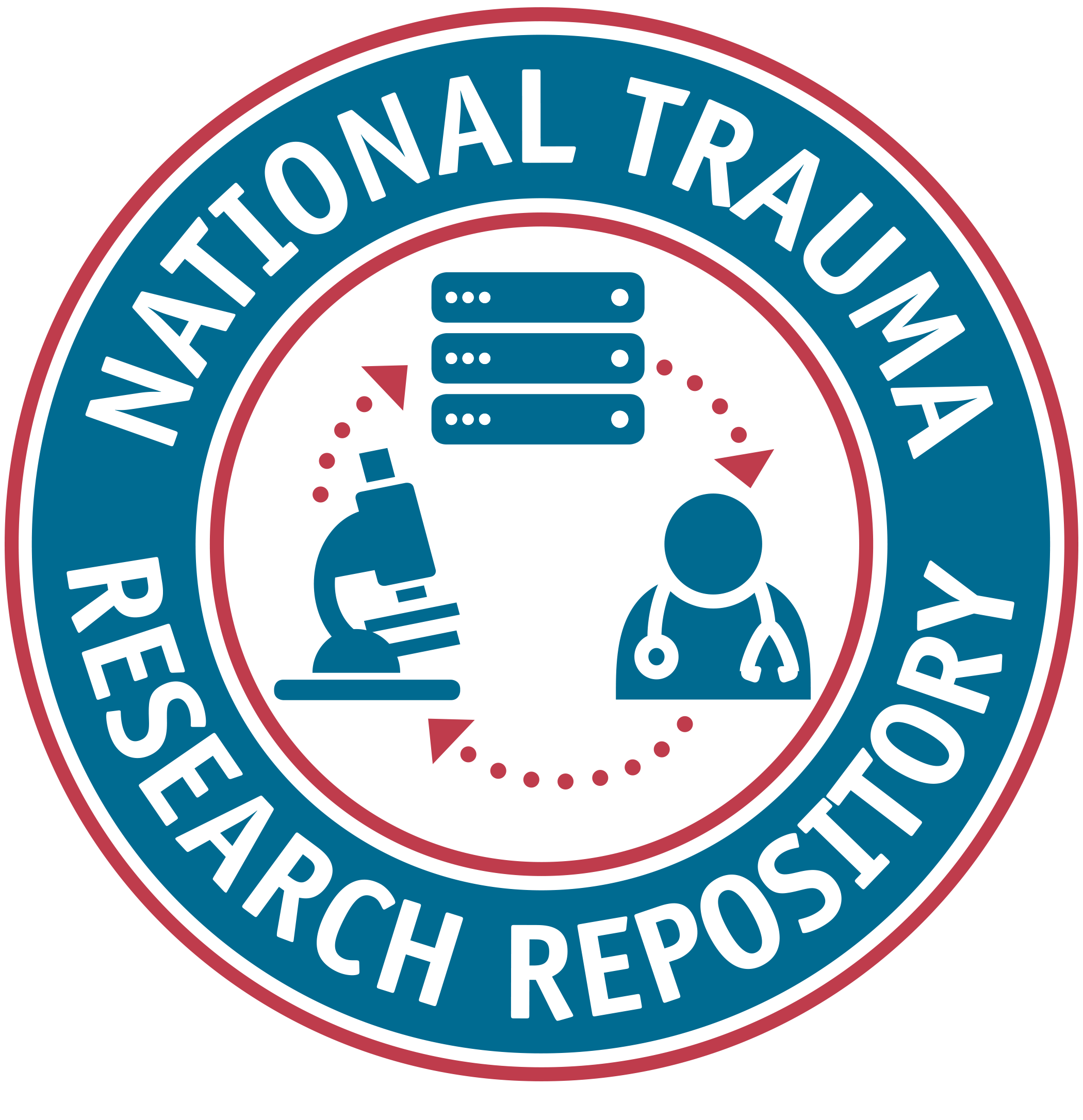Listed below are the details for the data element.
FITBIR
1.0
Element Type
Common Data Element
Delis-Kaplan Executive Function System (D-KEFS) Twenty Questions Test - Item type
DKEFSTwentyQueItemTyp
Short Description
Type of items, as related to Twenty Questions test as part of the Delis-Kaplan Executive Function System (D-KEFS).
Definition
Type of items, as related to Twenty Questions test, as part of the Delis-Kaplan Executive Function System (D-KEFS).
Notes
If an examinee's first question for an item refers only to object (e.g., "Is it the elephant?") record and answer the question. Then say, "Remember, try to ask the fewest number of question you can." Provide this prompt only once for each item. When answering questions, respond only with yes or no as much as possible as much
Creation Date
2016-08-17
Historical Notes
References
Copyrighted 2001, NCS Pearson, Inc. All Rights Reserved (http://www.pearsonclinical.com/content/ani/clinicalassessments/us/en.html). Delis, D. C., Kaplan, E., & Kramer, J. H. (2001). Delis-Kaplan executive function system (D-KEFS). Psychological Corporation.Copyrighted 2001,San Antonio, Tex. : Psychological Corporation.; Baldo, Juliana V., et al. (2004). Is it bigger than a breadbox? Performance of patients with prefrontal lesions on a new executive function test. Archives of Clinical Neuropsychology 19 (3), 407-419. Remine, Maria D., Esther Care, and P. Margaret Brown (2008) Language ability and verbal and nonverbal executive functioning in deaf students communicating in spoken English. Journal of Deaf Studies and Deaf Education 13 (4), 531-545.
Data Type
Alphanumeric
Input Restrictions
Single Pre-Defined Value Selected
Population
Adult and Pediatric
Guidelines/Instructions
Discontinue: Do not discontinue. Administer all four items to examinees in the order in which they appear hear. Discontinue each item after the examinee either has identified the target object or has asked 20 yes/no questions without identifying the target object. Do not reveal the target object if the examinee has failed to identify it after asking 20 questions. Administration and Recording: Position the stimulus booklet flat on the table in a horizontal (landscape) position directly in front of the examinee's midline, with the pictures facing the examinee. Say, "Now we are going to do something where you ask me questions. I have picked one of these pictures, and I want you to figure out which one it is by asking me questions. You can only ask questions that I can answer yes or no. You can ask any question at all, as long as I can answer it yes or no. Try to guess the picture that I have picked with the fewest number of questions you can. I'm going to write down your questions so I can remember them. Go ahead and ask me the fewest number of yes/no questions you can to figure out which picture I have selected." Record verbatim each of the examinee's questions in the order that they are asked. Answer "Yes" if the examinee's questions encompasses or identifies the target item or "No" if it does not. Circle Y (for yes) or N (for no) to indicate your answer to each of the examinee's questions. Whether or not the examinee correctly identifies the target object for Item 1 after 20 yes/no questions or fewer, say, "Good. Let's try the next one. I've picked a new picture, and I want you to ask me the fewest number of yes/no questions you can to figure out which one it is. Go ahead."
Preferred Question Text
Item Type
Category Groups and Classifications
| Disease | Domain | Sub-Domain |
|---|---|---|
| Traumatic Brain Injury | Outcomes and End Points | Neuropsychological Impairment |
| General (For all diseases) | Outcomes and End Points | Other Clinical Data |
Classification
Traumatic Brain Injury:
Supplemental
Epidemiology
Moderate/Severe TBI: Rehabilitation
Concussion/Mild TBI
Acute Hospitalized
General (For all diseases):
Supplemental
Keywords
TwentyQuestions
DKEFS
Labels





